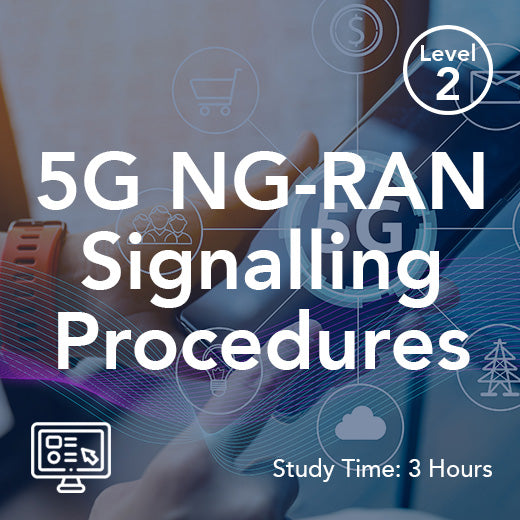Gre Generic Routing Encapsulation
- , by Stephanie Burrell
- 2 min reading time
GRE (Generic Routing Encapsulation) is a protocol that has been widely used in the telecommunications industry to facilitate the encapsulation of a wide variety of network layer protocols inside virtual point-to-point links. This technology has played a crucial role in enabling secure and efficient communication across networks, making it a fundamental component in modern networking infrastructure.
In the United Kingdom, where the telecommunications sector is highly advanced and competitive, GRE has been adopted by many service providers and enterprises to enhance the flexibility and scalability of their networks. By allowing different types of network protocols to be encapsulated within a single GRE tunnel, organizations can establish secure connections between disparate networks, even if they are using different protocols or technologies.
One of the key benefits of GRE is its ability to create virtual private networks (VPNs) that can securely transmit data over public networks. This is particularly important in the UK, where businesses rely on secure and reliable communication channels to conduct their operations. GRE tunnels provide a cost-effective way to establish encrypted connections between different locations, allowing organizations to extend their networks without the need for expensive dedicated lines.
Moreover, GRE enables the creation of overlay networks that can span multiple physical networks, providing a seamless and transparent communication environment for users. This is especially valuable in the UK, where businesses often operate across multiple locations and need to ensure consistent connectivity and performance across their network infrastructure.
In addition to its role in enabling secure communication, GRE also offers benefits in terms of network management and troubleshooting. By encapsulating different types of traffic within GRE tunnels, network administrators can easily monitor and control the flow of data, allowing for more efficient traffic management and quality of service (QoS) implementation.
Furthermore, GRE can be used to improve network performance by reducing the overhead associated with encapsulating and transmitting data packets. By encapsulating multiple packets within a single GRE frame, organizations can optimize their network bandwidth usage and improve the overall efficiency of data transmission.
Overall, GRE is a versatile and powerful protocol that has become an integral part of the telecommunications landscape in the UK. Its ability to facilitate secure communication, enhance network flexibility, and improve performance makes it a valuable tool for businesses and service providers looking to build robust and reliable network infrastructure.
In conclusion, GRE plays a vital role in the telecommunications industry in the UK, providing organizations with the means to establish secure connections, enhance network flexibility, and improve performance. As technology continues to evolve, GRE is likely to remain a key component in the toolkit of network administrators and service providers, enabling them to meet the growing demands of modern communication networks.


































